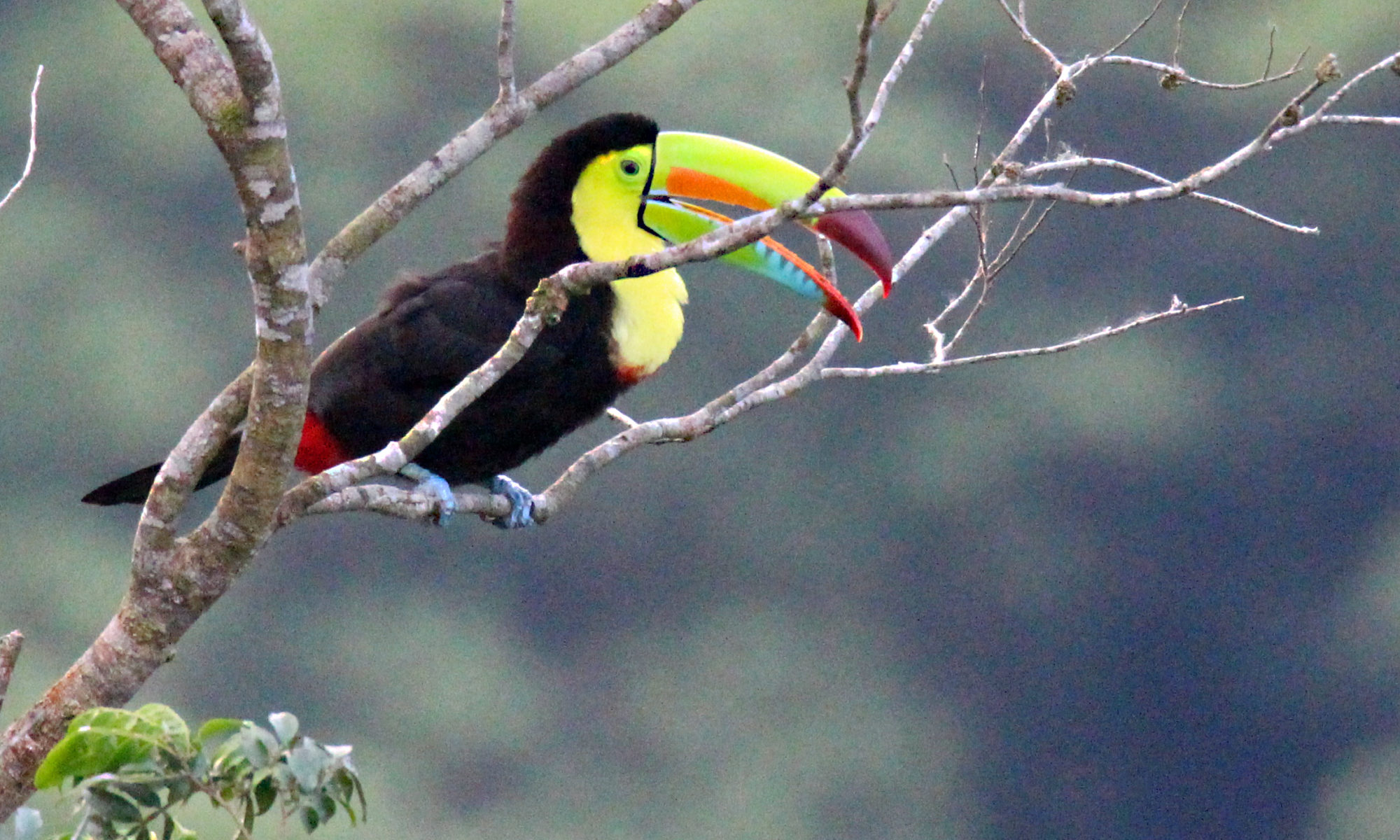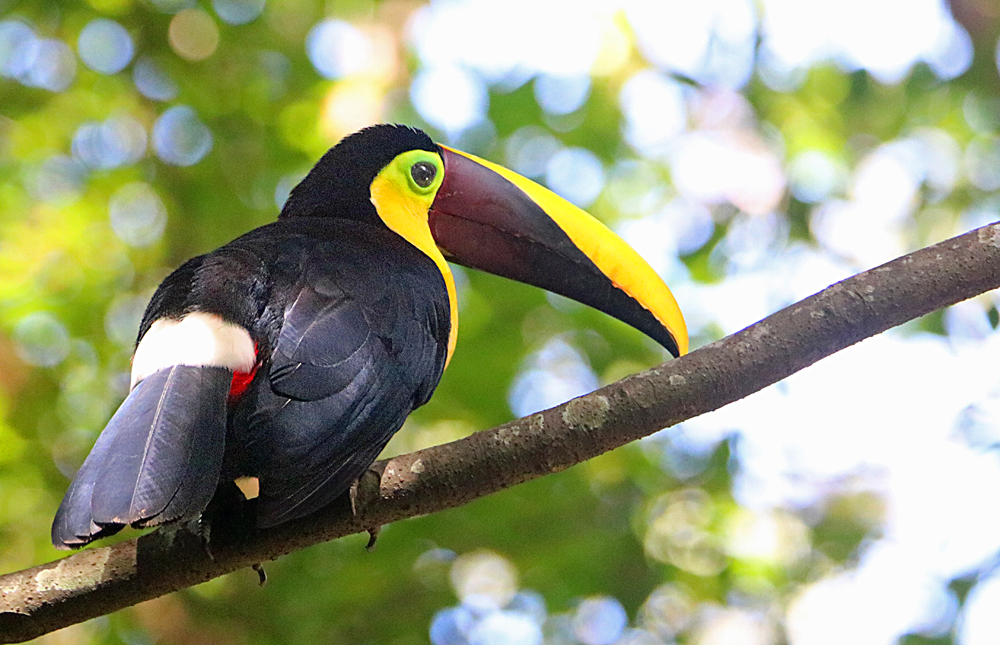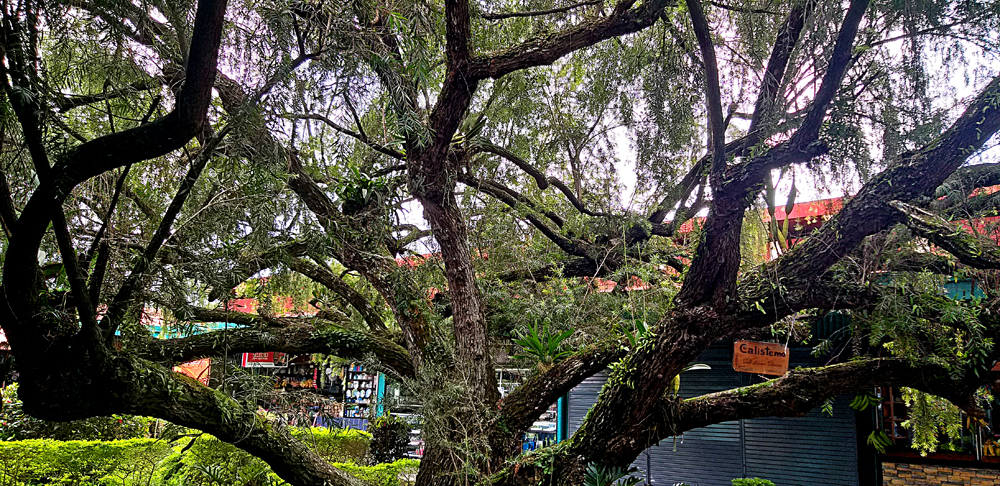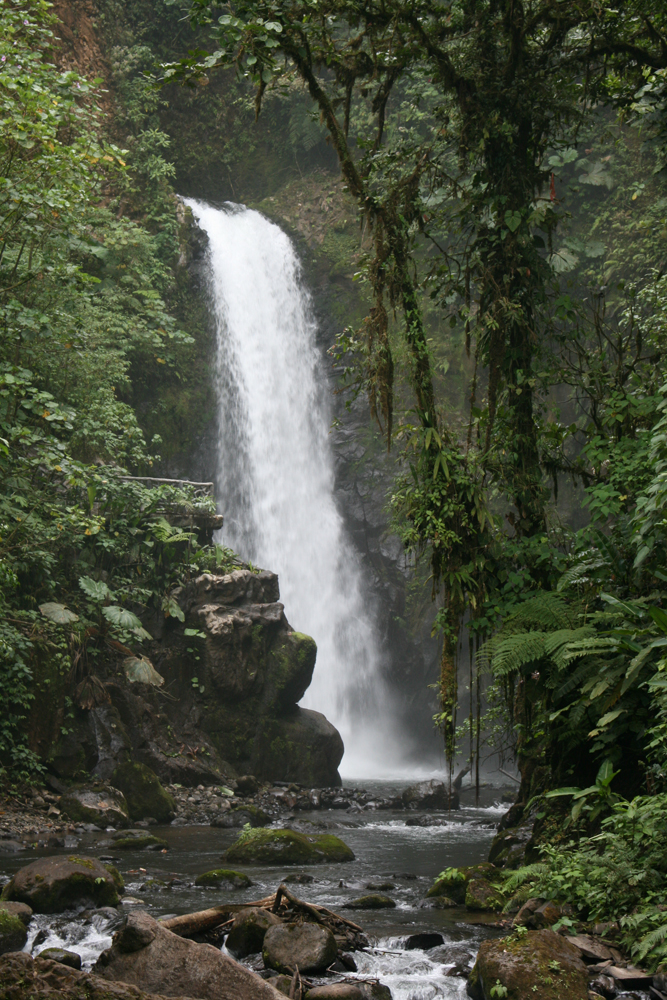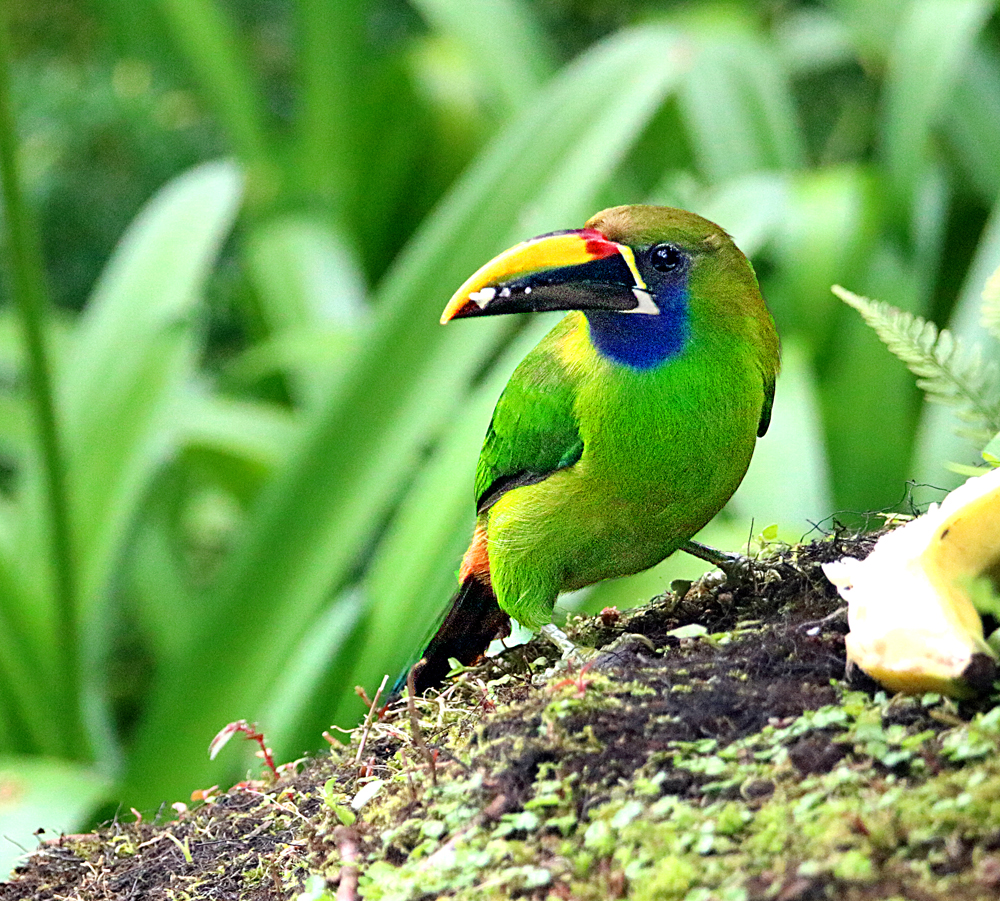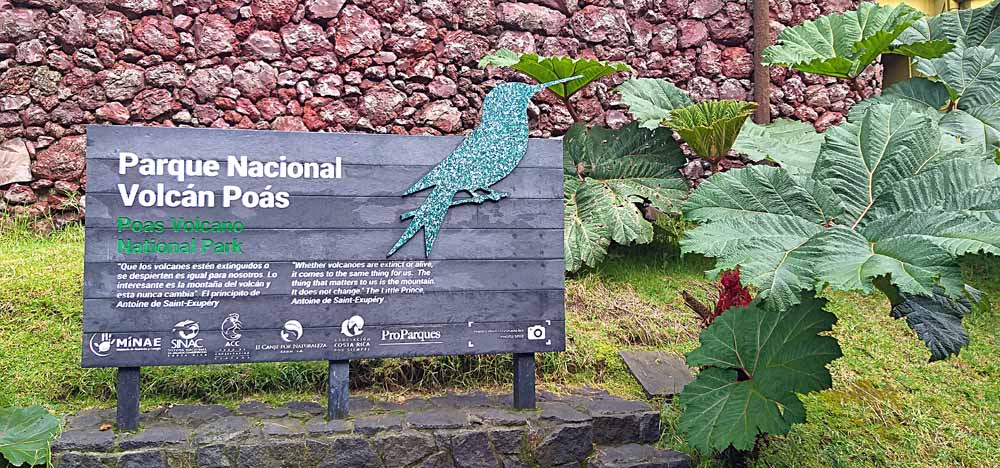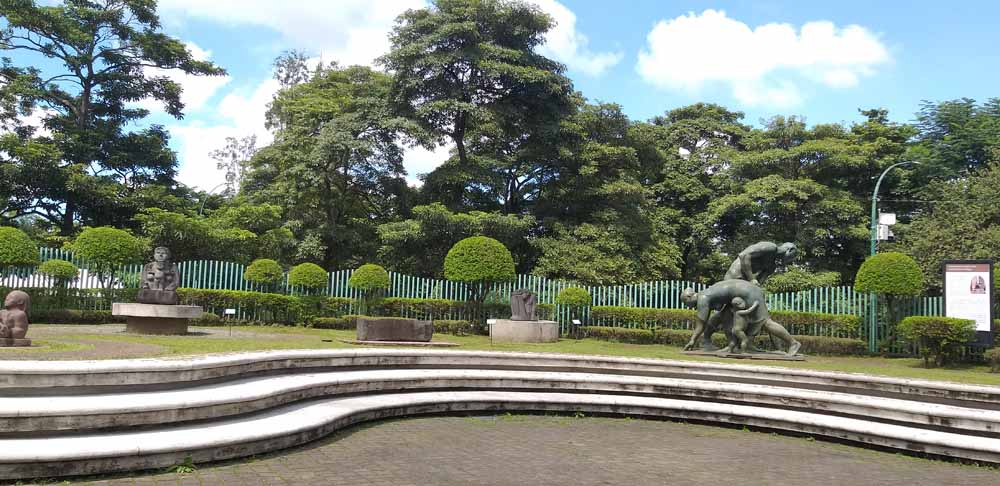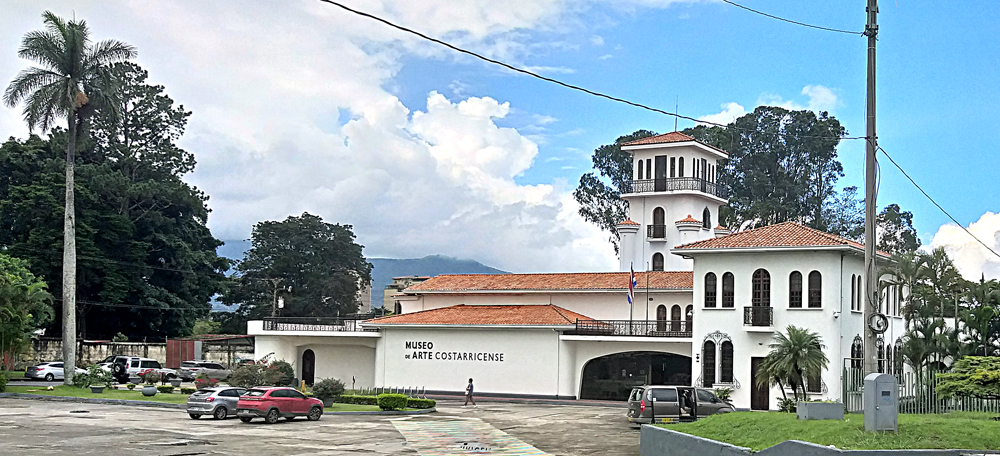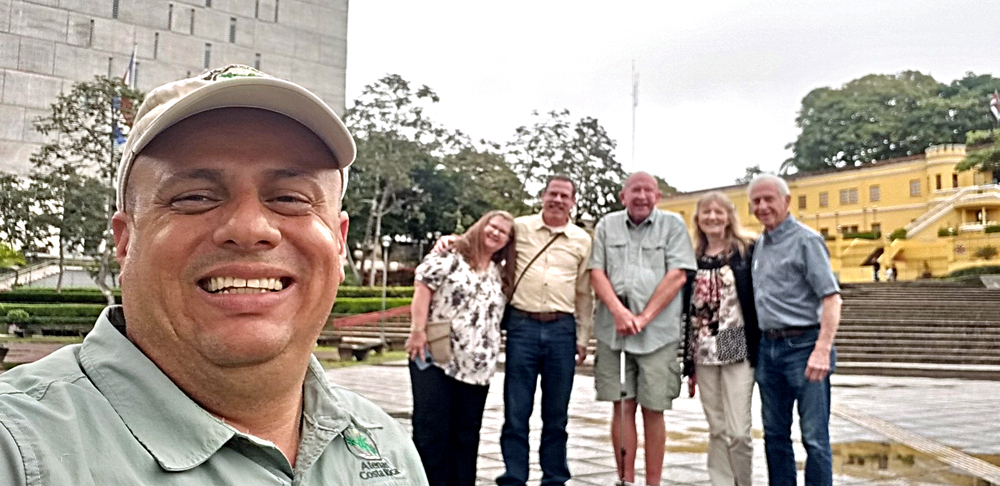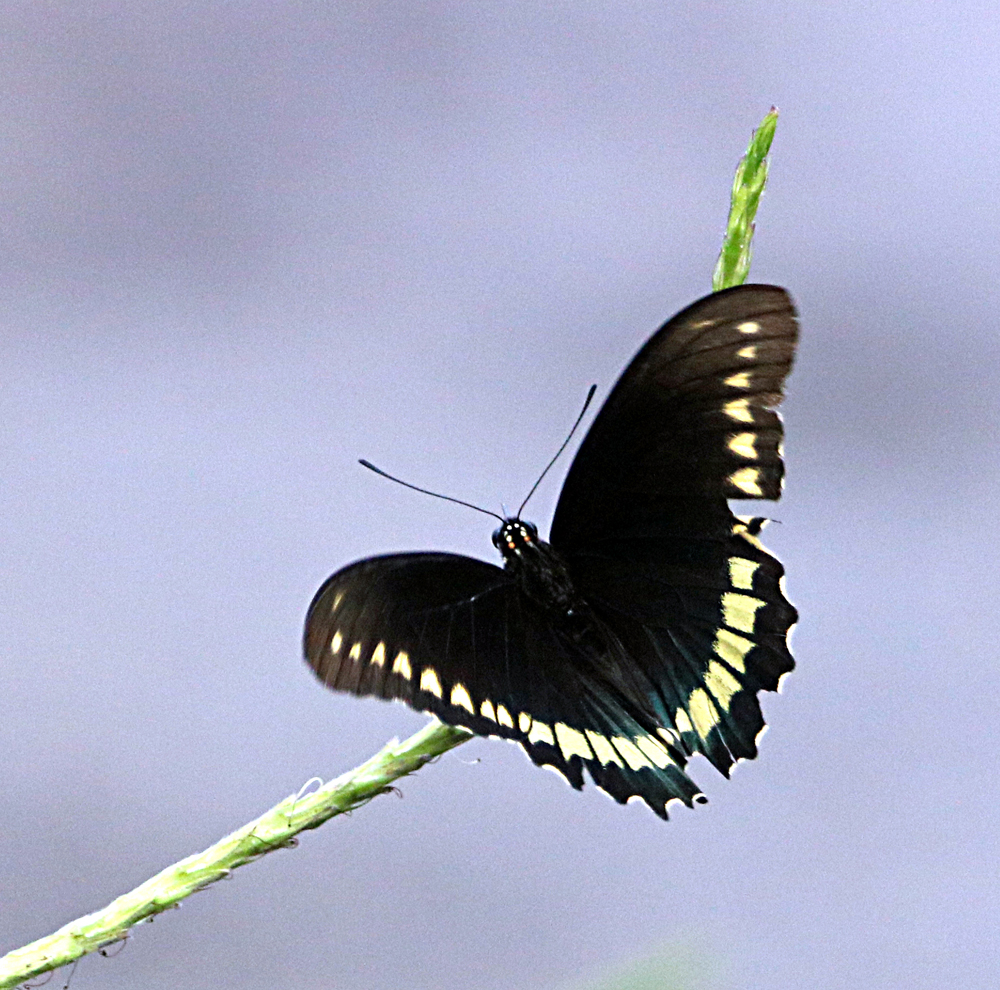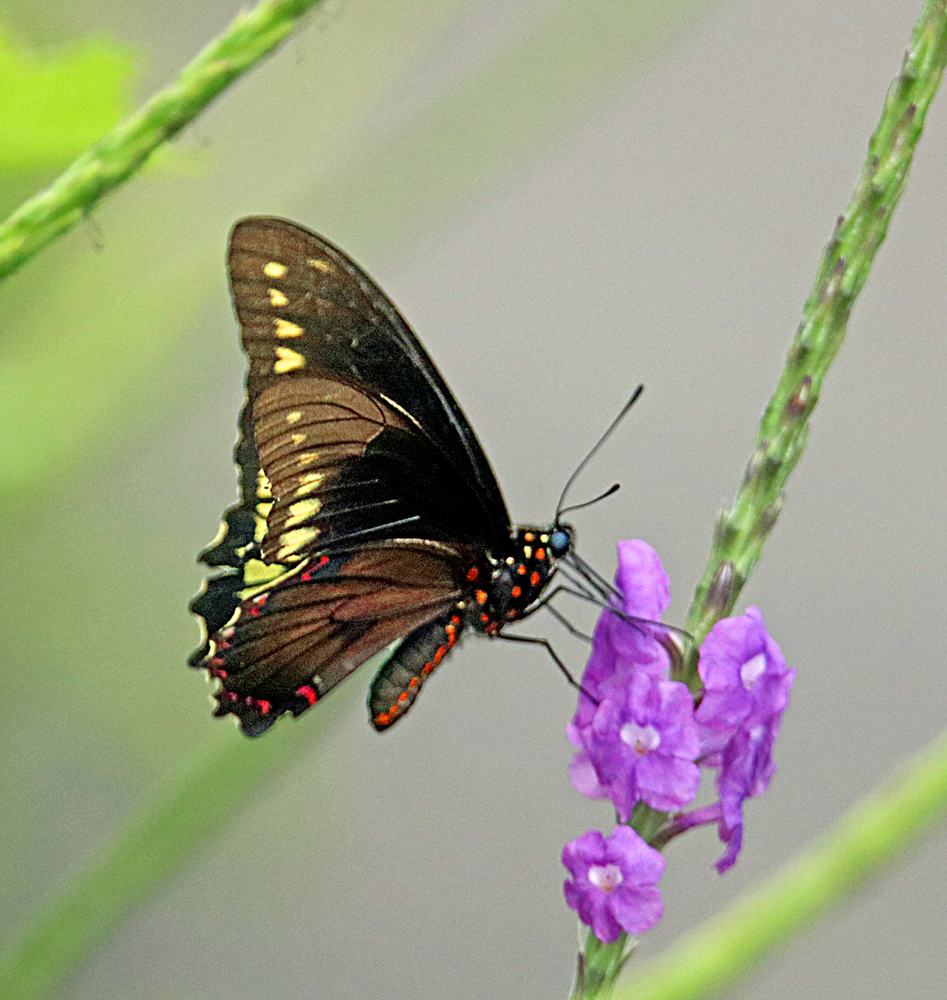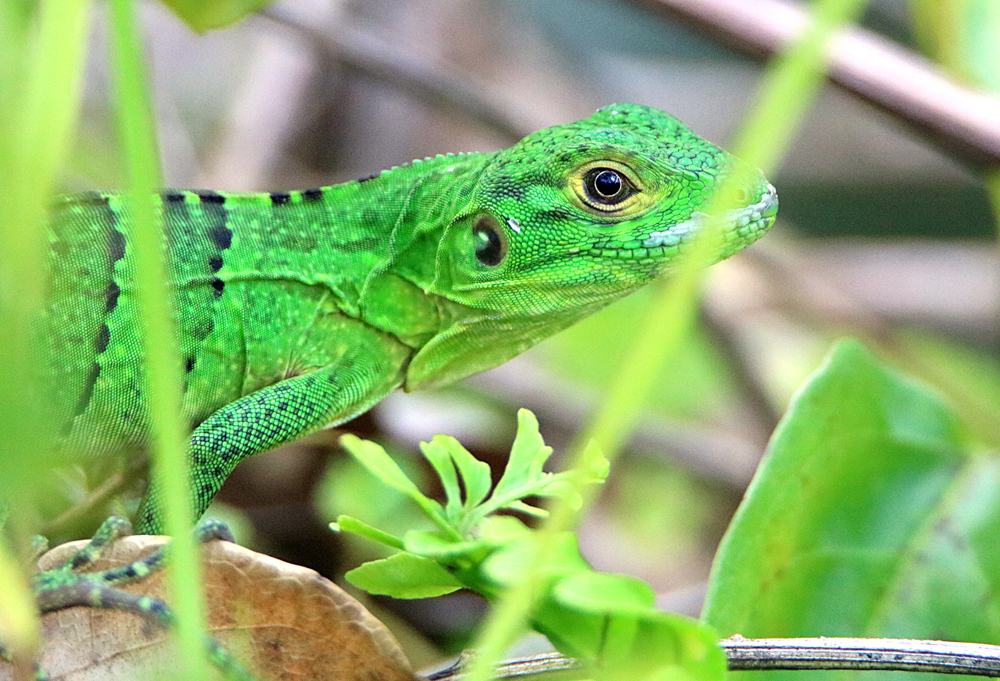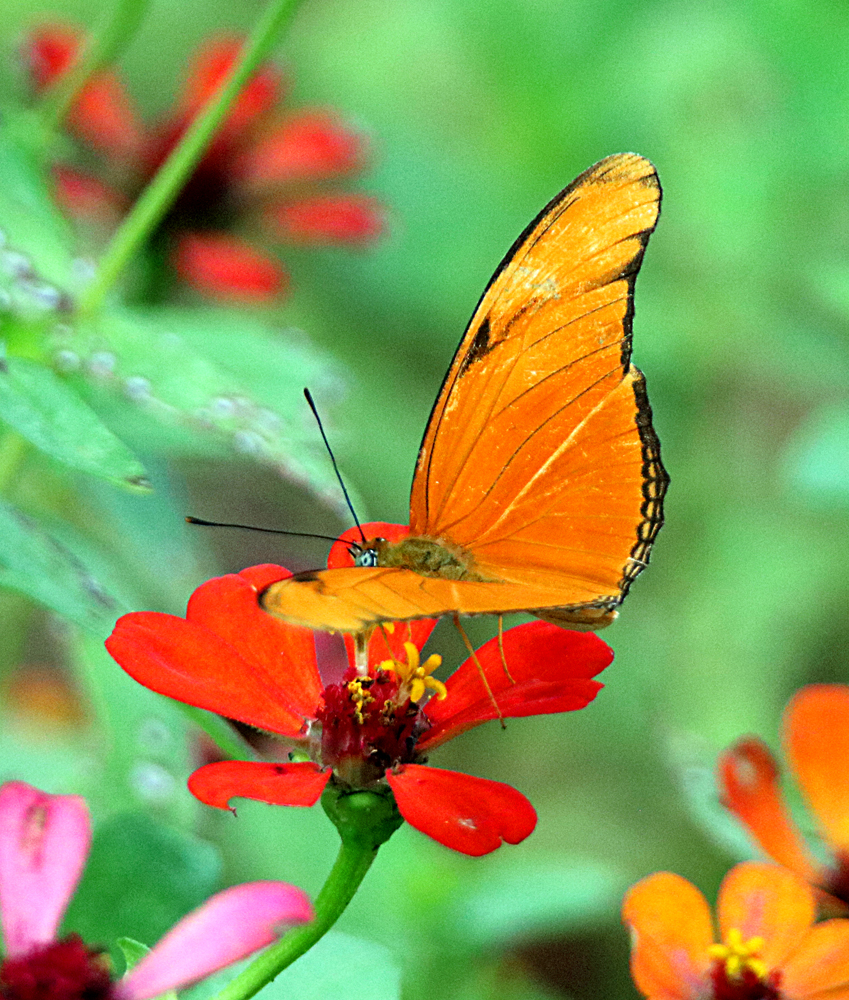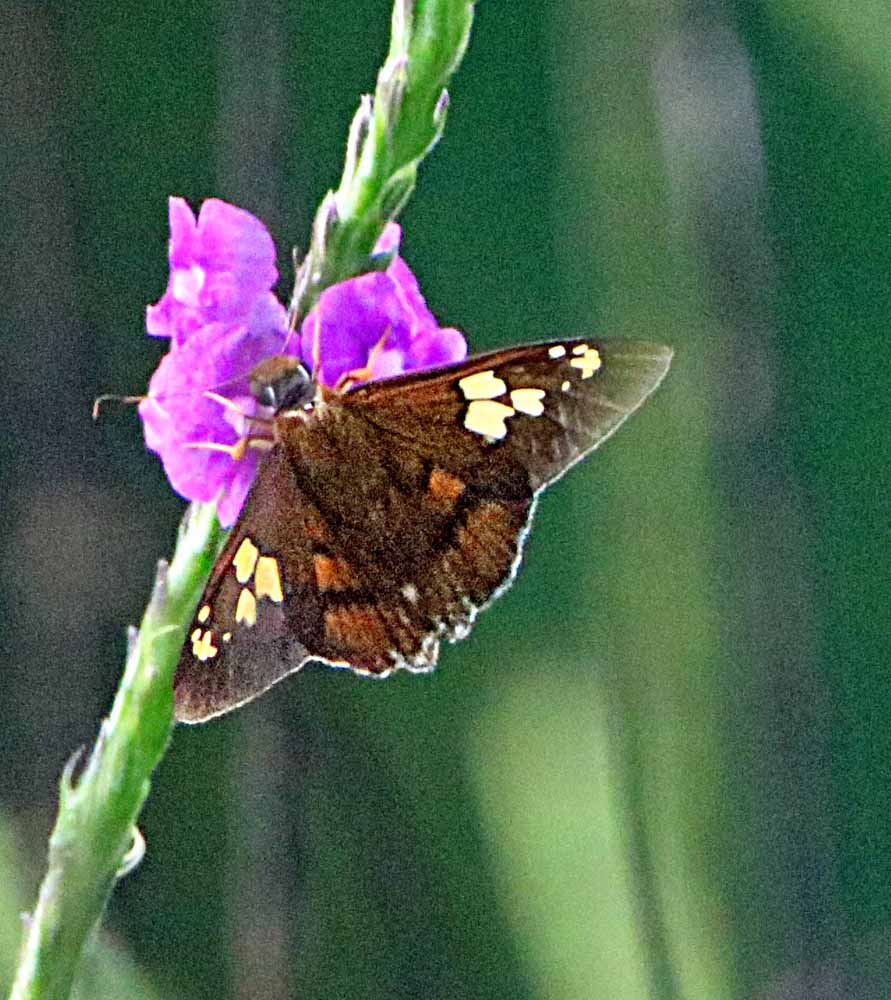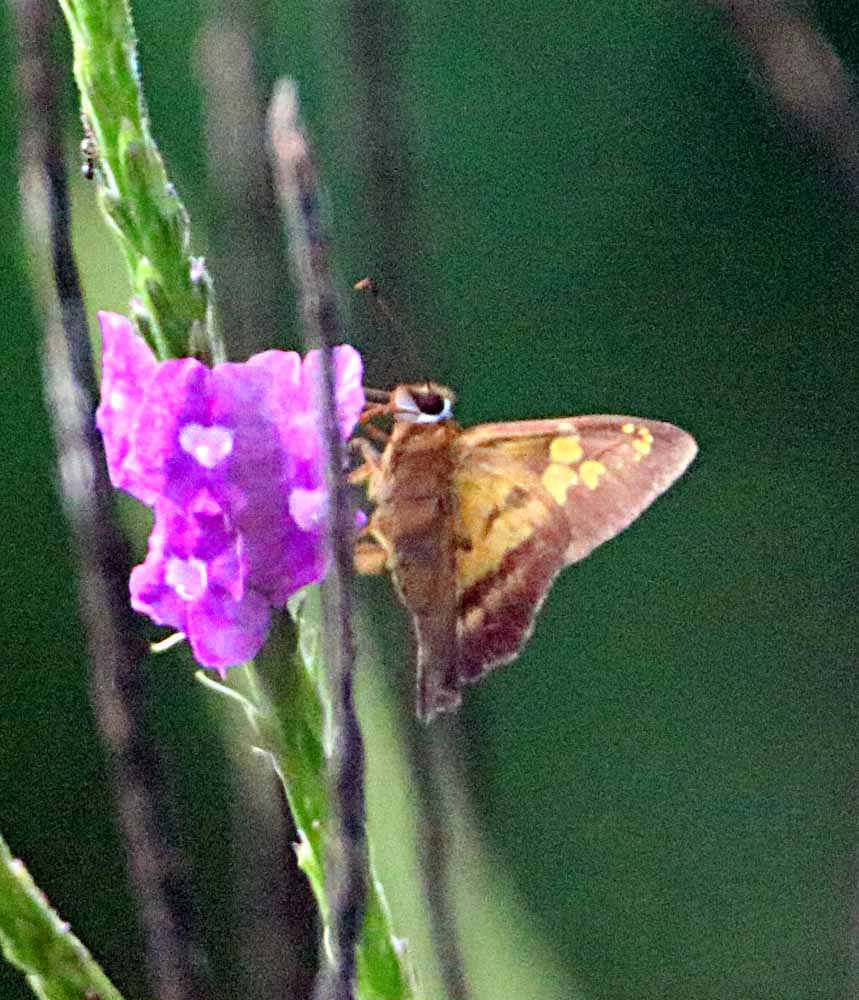On Thursday the 21st of November I took just Gary on a public bus trip to the nearby RESCATE Wildlife Rescue Center (their website link), just 16.5 km or about 10 miles from Atenas to photograph rescued wildlife from all over Costa Rica. For those who have been here, it is the place that used to be called “ZooAve.” Interestingly, as we were leaving, a National Park Ranger brought in a cardboard box with a clutch of baby birds they rescued after their mother was killed.
The feature photo at top is a wild Yellow-throated Toucan who flew in to visit his “cousins” and steal their food! 🙂 Just a couple of shots in the blog post, but you can see more birds and other animals I got photos of from this trip at: Nov 21 RESCATE Wildlife (ZooAve) Photo Gallery. And we also ate lunch there in a very nice restaurant, (though a little “pricey”). 🙂
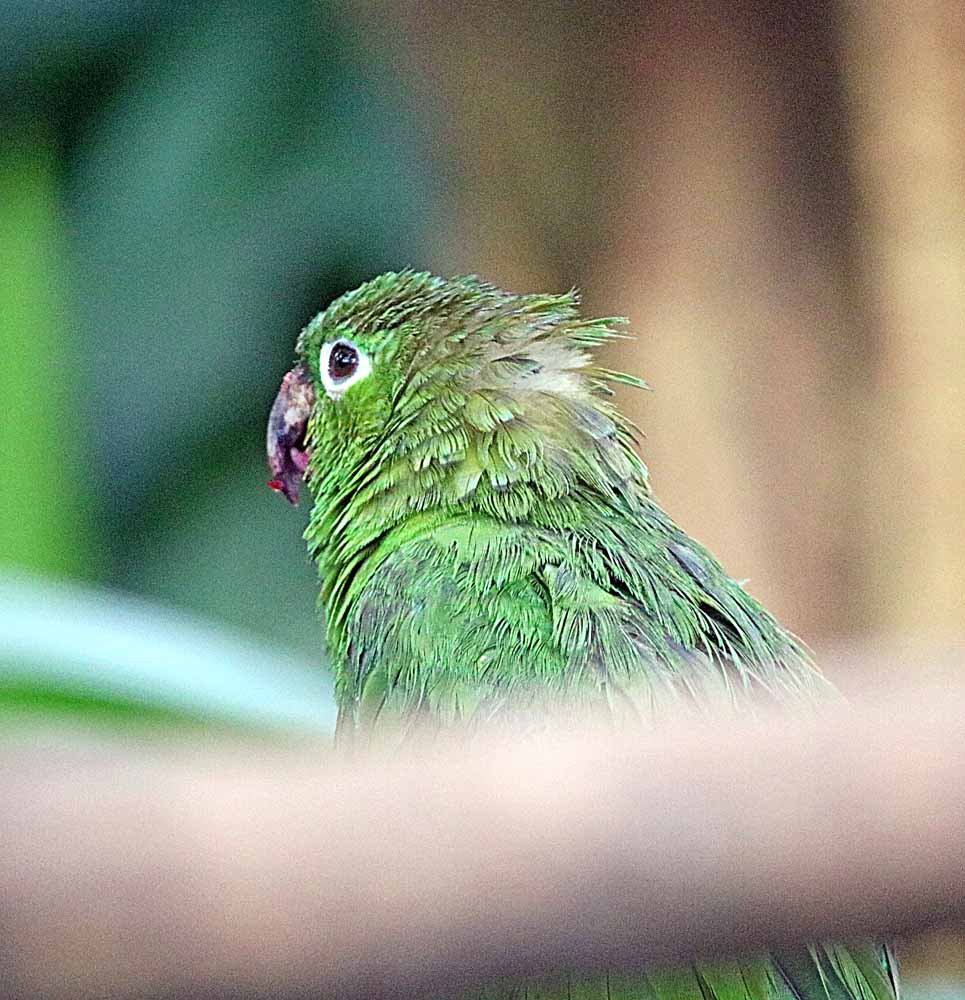
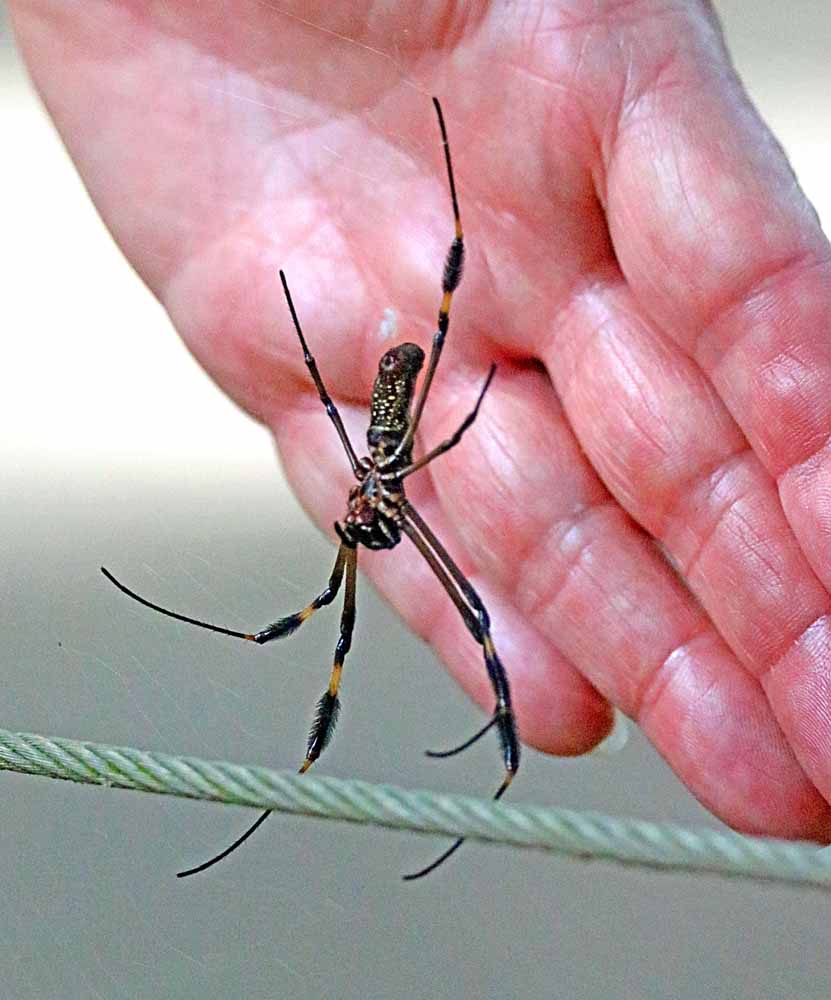
¡Pura Vida!
